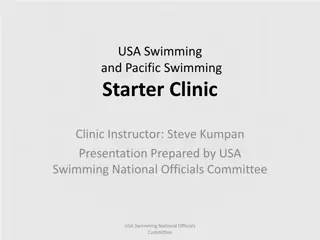Starter: Introduction and Basics
Delve into the concept of a "Starter" and explore its fundamentals. Gain insight and understanding into the role of a starter in different contexts and its significance. Learn essential information regarding starters and their functions in various scenarios. Enhance your knowledge and grasp the basics of what a starter entails.
Download Presentation

Please find below an Image/Link to download the presentation.
The content on the website is provided AS IS for your information and personal use only. It may not be sold, licensed, or shared on other websites without obtaining consent from the author.If you encounter any issues during the download, it is possible that the publisher has removed the file from their server.
You are allowed to download the files provided on this website for personal or commercial use, subject to the condition that they are used lawfully. All files are the property of their respective owners.
The content on the website is provided AS IS for your information and personal use only. It may not be sold, licensed, or shared on other websites without obtaining consent from the author.
E N D
Presentation Transcript
c) Antioxidants Learning intention Learn about the chemistry of the antioxidant molecules prevent oxidation foods from taking place. which reactions in
Oxidation of food Oxidation reactions can occur when food is exposed to oxygen in the air. Foods containing fats or oils are at the greatest risk of oxidation.
Oxidation of Fats Fats and oils, or foods containing them, are the most likely to have problems with oxidation. Fats react with oxygen and even if a food has a very low fat content it may still need the addition of an antioxidant. They are commonly used in: vegetable oil snacks (extruded) animal fat meat, fish, poultry margarine dairy products mayonnaise / salad dressing baked products potato products (instant mashed potato) http://www.understandingfoodadditives.org
Effects of oxidation on food When fats react with oxygen they are broken down, causing: deterioration of flavour (rancidity) loss of colour loss of nutritional value a health risk from toxic oxidation products.
As the fat decomposes and reacts with oxygen, chemicals called peroxides are produced. These change into the substances characteristic of the smell and soapy flavour of a rancid fat. Antioxidants prevent the formation of peroxides and so slow the process of the food 'going off'. Some antioxidants react with oxygen itself and so prevent the formation of peroxides. Air-tight packaging, using inert gases like nitrogen, vacuum packing and refrigeration can all be used to delay the oxidation process. However, these can still be inefficient and adding antioxidants can be an effective way of extending the shelf life of a product. http://www.understandingfoodadditives.org
Fat breaking down Fat Fat Oxygen
Fat molecules CH3 CH2 CH2 CH2 CH2 CH2 H H CH2 Fat C C O O O O C C H H CH2 C CH2 H CH2 O O CH2 C CH2 CH2 CH2 CH2 CH3 CH2 CH2 CH CH R CH2CH2CH2CH CH CH3 CH3 Radicals attack near the double bond (NB R represents the remainder of the fat molecule)
Antioxidants Antioxidants are chemicals that are added to food to prevent the food from going off . An antioxidant is a substance that slows down or prevents the oxidation of another chemical.
Oxidative damage Oxidation reactions can produce free radicals. A free radical is a highly reactive species containing an unpaired electron. Free radicals can damage food by removal of an electron. Antioxidant molecules mop up free radicals to protect the foodstuff.
Radical now in a stable pair Neutralised free radical Damaging free radical Electron transferred Antioxidant converted to a stable free radical Antioxidant
How does an antioxidant cancel out a free radical? The antioxidant molecule donates an electron to the potentially damaging free radical. A stable electron pair is formed, stabilising the free radical. The antioxidant itself becomes oxidised (loses an electron).
Antioxidants in action The apple is protected when dipped in orange juice containing the antioxidant vitamin C Oxidation occurs when the apple is left exposed to air
Vitamin C (ascorbic acid) The antioxidant vitamin C can act as a reducing agent (electron donor), preventing oxidation (electron loss) from the foodstuff. C6H8O6 C6H6O6+ 2H++ 2e- Dehydroascorbic acid Ascorbic acid
Antioxidants and health benefits There may be health benefits from the use of antioxidants. Oxidation reactions in the body could be linked to the build-up of fatty deposits that cause blockages in arteries that can cause heart attacks. Antioxidants may be important in preventing this and there could also be a link with the prevention of certain cancers, arthritis and other conditions. The picture is not yet clear and a great deal of research needs to be undertaken. http://www.understandingfoodadditives.org
Do antioxidants help us live longer? Studies involving 230.000 men and women across the UK have shown that there is no convincing proof that antioxidants have any effect on how long people can live. However 40% of women and 30% of men are reportedly taking these supplements and spending over 333 million on them per year.
Impact of antioxidants on health Free radicals in living cells Free radicals are present in all living cell and are a part of the cell processes. However excessive free radicals in our cells can attack the cell membranes (the outer coat of the cell). This attack causes cell and tissue damage. Radicals can also break strands of DNA (the genetic material in the cell). Some of the chemicals known to cause cancer, do so by forming free radicals. The imbalance between free radicals and antioxidants can lead to disease and ill health. The 4 main non-enzymatic antioxidants metalonin, -tocopherol (Vitamin E), ascorbic acid (Vitamin C) and - carotene (precursor for Vitamin A) can be found in a range of foods in our diet. However medical opinions are divided as regards the impact these antioxidants have our on general health.
Melatonin This is a hormone which helps to regulate sleep in our bodies. This compound can be termed as a terminal or suicidal antioxidant as once it has removed the free radicals it has to be replaced. H3 C O H N H N CH3 O
-tocopherol This is a form of vitamin E and can be found in vegetable oil, nuts and seeds. It has been suggested that it is good for the skin. CH3 H O CH3 CH3 CH3 H H CH3 H3 C O CH3 CH3
Ascorbic Acid This is also known as Vitamin C and is commonly found in fruits and vegetables. It is one of the essential vitamins and the human body is unable to synthesize it. It can be easily oxidised and acts as a hydroxyl or superoxide anion radical scavenger. H O H O H O O OH H O
-carotene This is a precursor to vitamin A. It is a highly red-orange pigment found in plants and fruits. In particular it gives carrots their orange colour. It helps human cells to absorb vitamin A. H3 C CH3 CH3 H3 C CH3 H3 C CH3 CH3 CH3 CH3
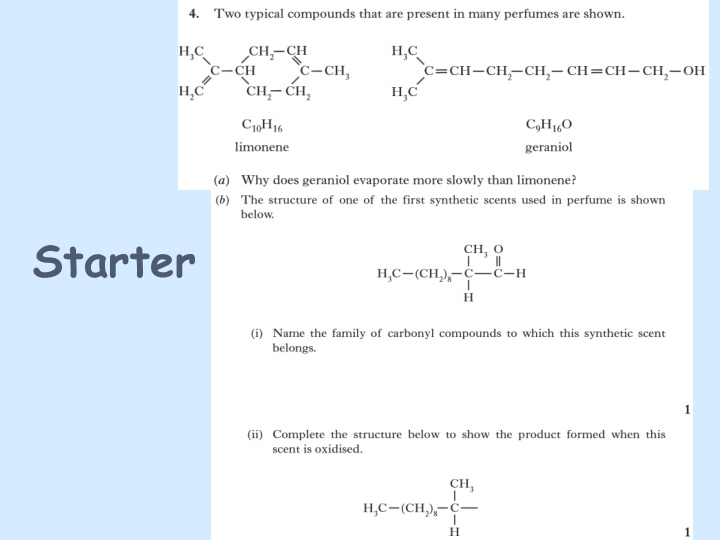





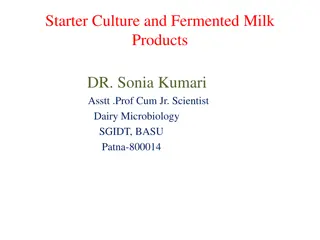

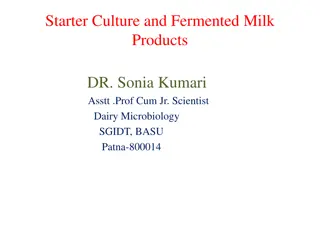

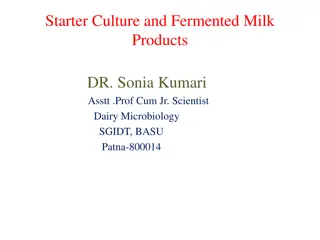

![USA Swimming and [Insert LSC Here] Starter Clinic Overview](/thumb/162824/usa-swimming-and-insert-lsc-here-starter-clinic-overview.jpg)
